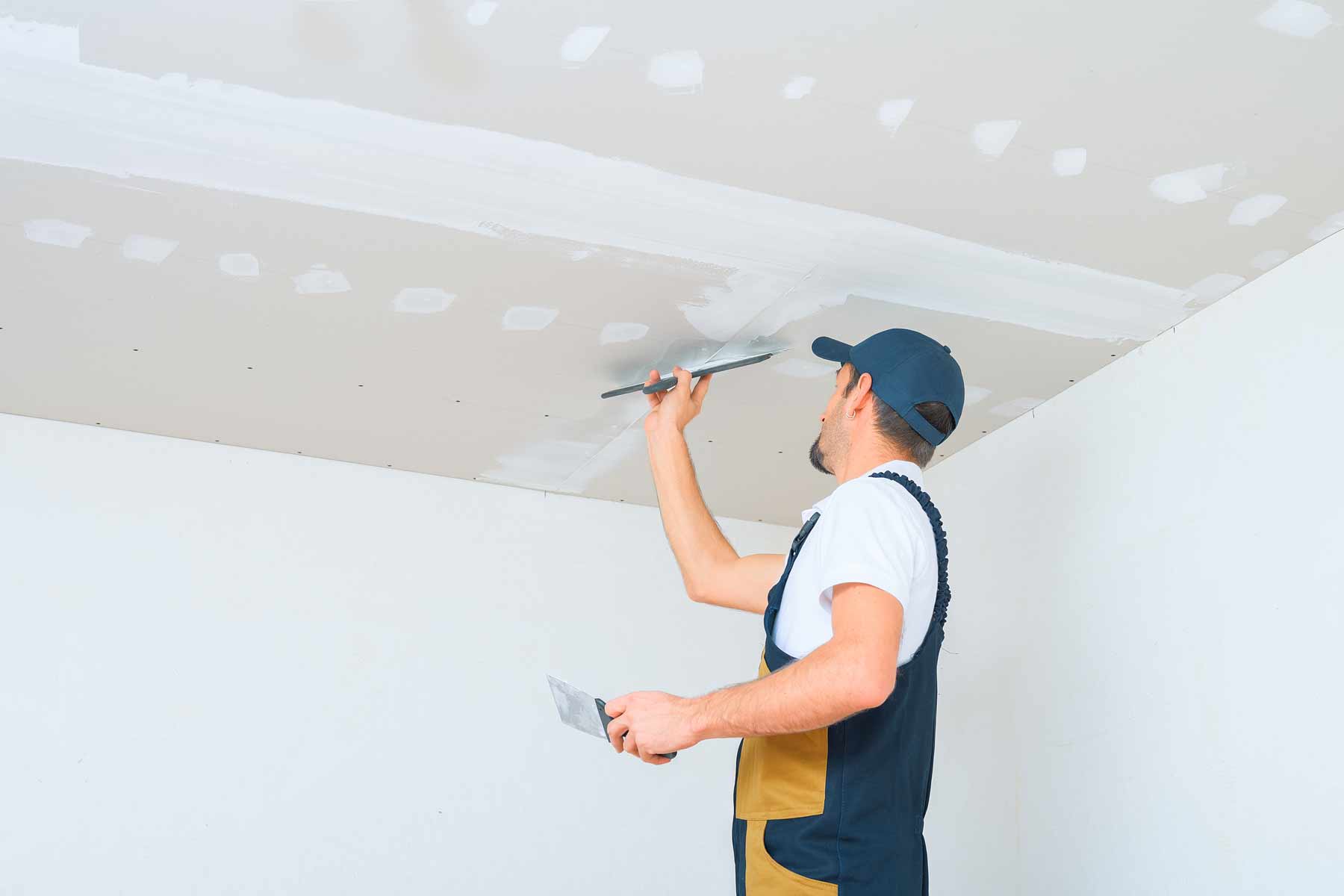Total Overview to Trustworthy and effective Drywall Installation
Drywall installment is a vital element of any kind of building and construction or renovation job, demanding a careful technique to guarantee both effectiveness and dependability. It is crucial to discover the nuances of each step in the procedure, as they jointly add to the total success of the drywall installation.
Essential Devices for Drywalling
When starting a drywall installation project, having the right devices is essential for accomplishing a specialist coating. Essential tools consist of a drywall knife, measuring tape, and a T-square, which are essential for exact measurements and smooth cuts. A drywall lift is also extremely useful, specifically for ceiling installments, permitting easier handling of heavy panels.
For fastening the drywall, a cordless drill and drywall screws are necessary. The drill ought to be outfitted with a drywall bit to ensure performance and accuracy. Additionally, an essential tool is the drywall saw, which assists in cutting around other challenges and electrical outlets.

Additionally, safety equipment such as safety glasses and a dust mask are important to ensure personal safety and security during the installation process. Using the right devices not only boosts the quality of the setup but likewise improves the operations, making the task more efficient general.
Preparing the Area

Next, examine the problem of the walls and ceilings. Repair any existing damage, such as holes, cracks, or peeling off paint, to ensure a smooth and also surface area for drywall application. Additionally, look for electric outlets, plumbing lines, and a/c air ducts, noting their locations to prevent complications throughout setup.
It is also critical to measure the area accurately, establishing the measurements of the ceilings and wall surfaces to calculate the ideal amount of drywall required. Develop an in-depth plan that includes the design and positioning of the drywall panels.
Installment Techniques
Efficient installment methods are critical for attaining an expert surface in drywall jobs. Correct measurement and cutting of drywall sheets are essential actions.
When hanging drywall, begin with the leading and job downward, making sure that the lengthy edge of the board is perpendicular to the framing. Safeguard the sheets with screws as opposed to nails, which supply greater holding power and reduce the threat of standing out. Area screws every 12 inches along the sides and every 16 inches in the area of the board.
For corners, make use of edge grains to achieve sharp, tidy sides. When mounting on ceilings, make use of a drywall lift or have a companion aid in holding the sheets in location (drywall contractor). Maintain a gap of about 1/4 inch above the floor and ceiling to accommodate expansion and tightening
Completing Touches

Begin by applying joint tape over the joints. This can be either paper or fiberglass harmonize tape, with paper being liked for its toughness. As soon as the tape remains in place, it's time to apply the initial layer of joint substance, also known as mud. Make use of a 10 to 12-inch taping blade to spread out the compound uniformly over the taped joints, feathering the edges to blend with the bordering drywall.
Enable the substance to dry completely, commonly 24 hr. After drying out, sand the surface area click this site lightly with fine-grit sandpaper to eliminate any flaws. drywall contractor. Repeat the mudding and sanding procedure, usually 2 to 3 layers, making certain each layer is flush and smooth with the drywall surface area
Common Mistakes to Avoid
Several DIY enthusiasts experience risks throughout drywall installment that can endanger the outcomes. One typical error is failing to effectively gauge and reduce drywall sheets. Unreliable cuts can lead to gaps and unequal joints, making finishing a lot more labor-intensive. In addition, neglecting to startle joints can create weak factors in the wall surface, causing potential splitting or sagging over time.
One more constant error is inappropriate fastening. Using too couple of screws or nails can cause loose drywall, while overdriving fasteners can trigger the paper to tear, damaging the structure. It's essential to preserve consistent spacing, normally every 16 inches, and to ensure that fasteners are flush with the surface.
Furthermore, not attending to dampness problems prior to setup can cause mold growth and structural damage. Constantly evaluate the atmosphere and usage moisture-resistant drywall in high-humidity areas.
Verdict
Efficient and reputable drywall setup needs careful focus to detail throughout the process. Staying clear of typical blunders better adds to Read Full Article a specialist outcome, underscoring the relevance of accuracy and method in effective drywall jobs.
It is necessary to check out the nuances of each action in the procedure, as they jointly contribute to dig this the general success of the drywall setup.When embarking on a drywall setup job, having the right tools is essential for achieving a professional finish.For attaching the drywall, a cordless drill and drywall screws are required.Properly preparing the room is vital for a successful drywall installment.Reliable installment strategies are crucial for attaining an expert coating in drywall jobs.